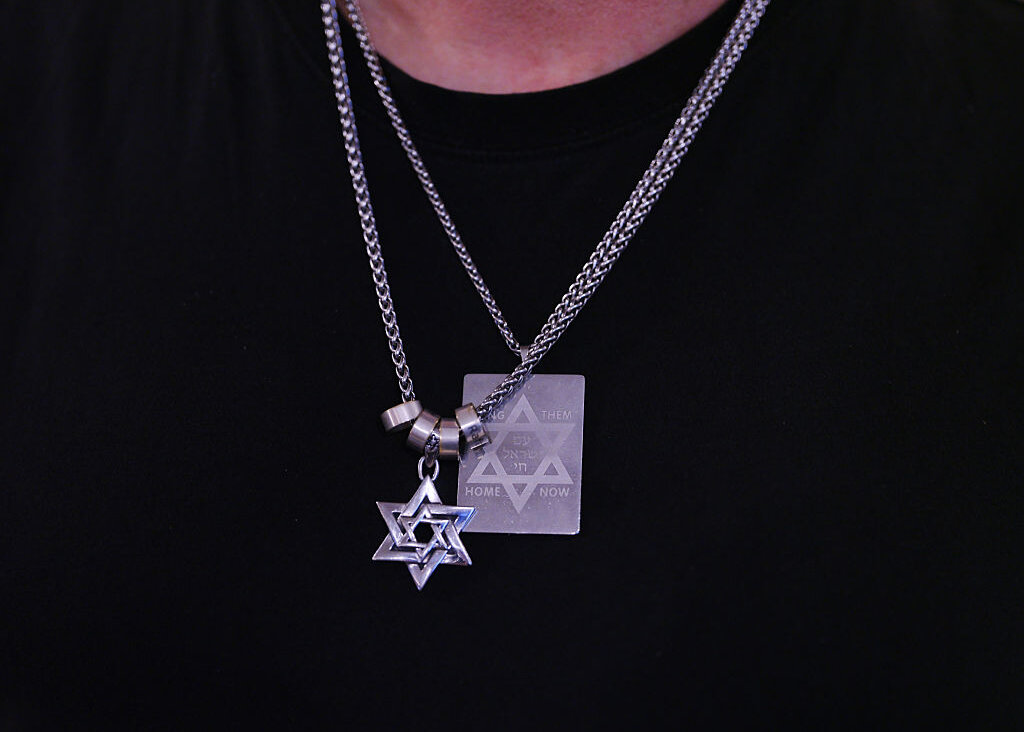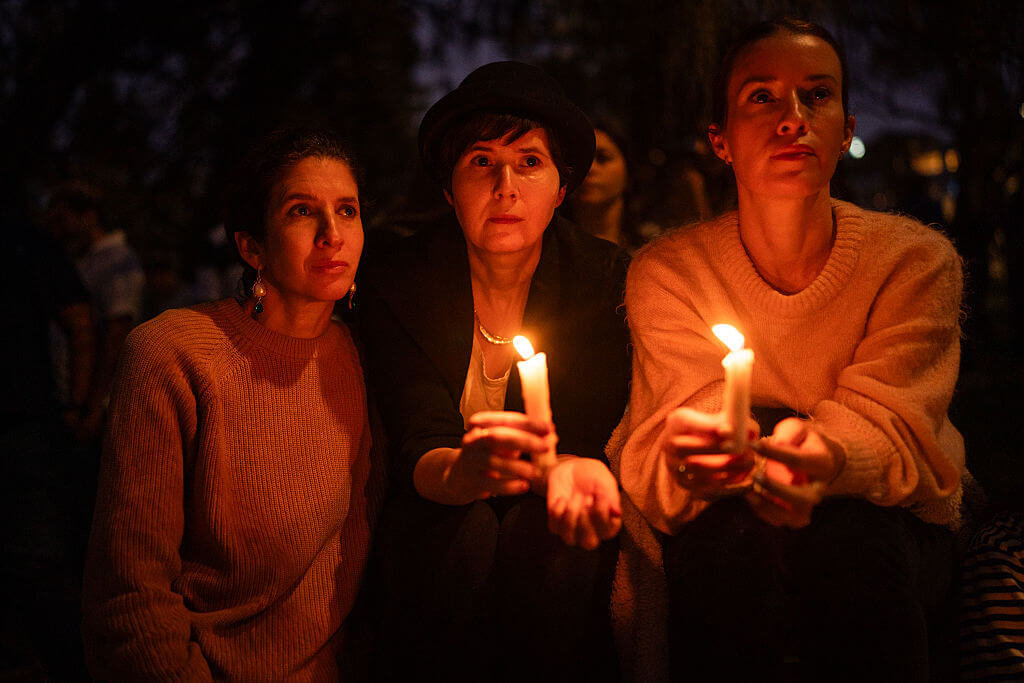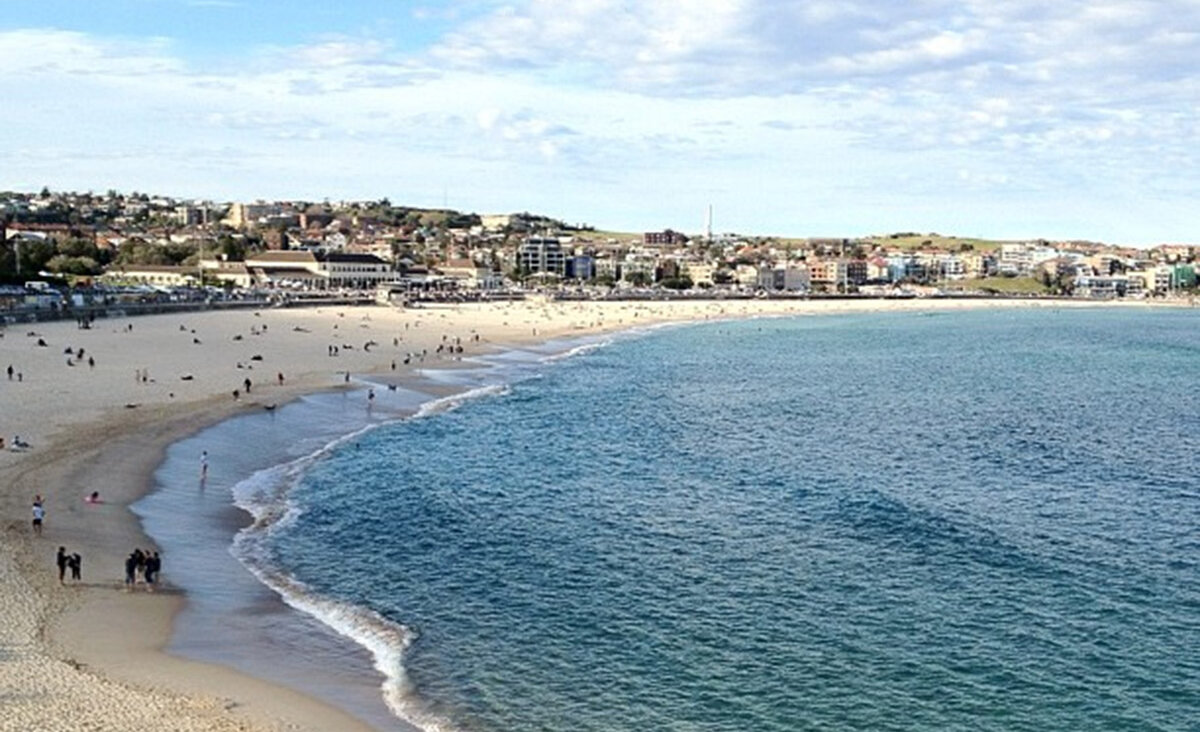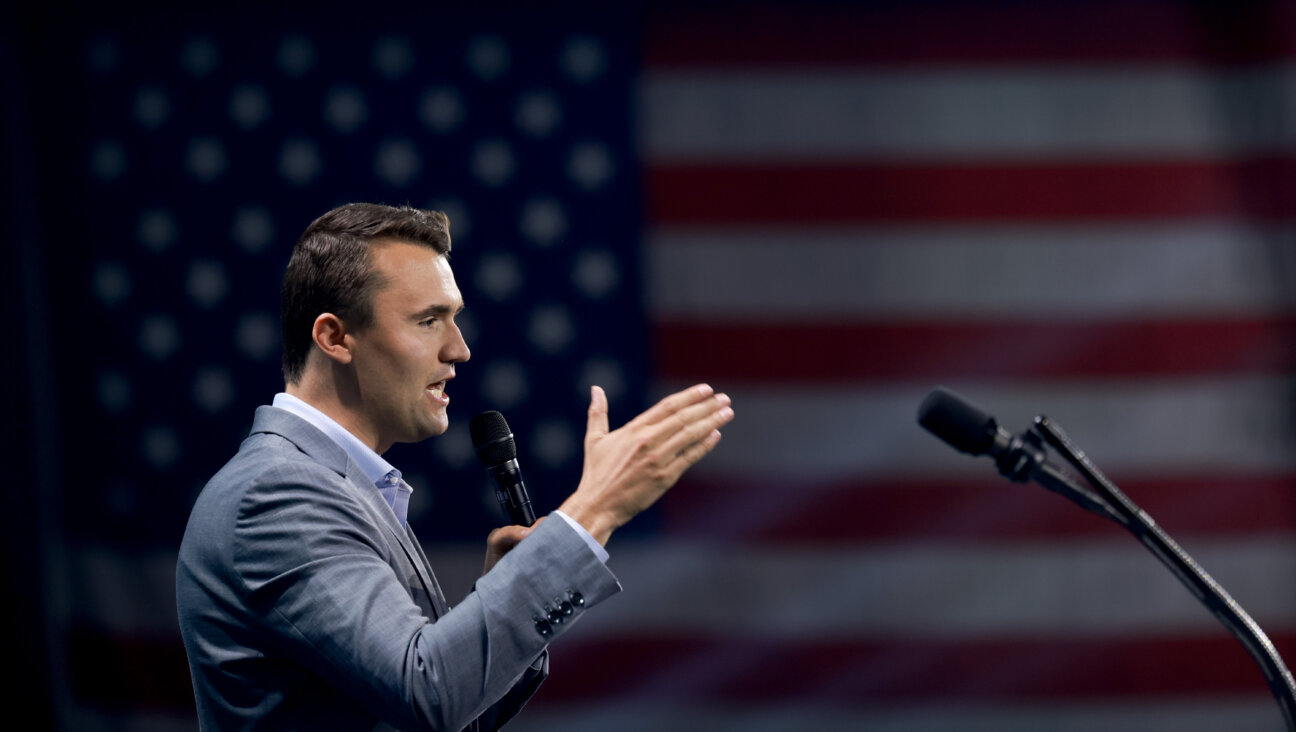Netanyahu’s new Gaza plan is a disaster. But it contains a tiny kernel of wisdom
The world is finally in agreement that Hamas must go — and that’s progress
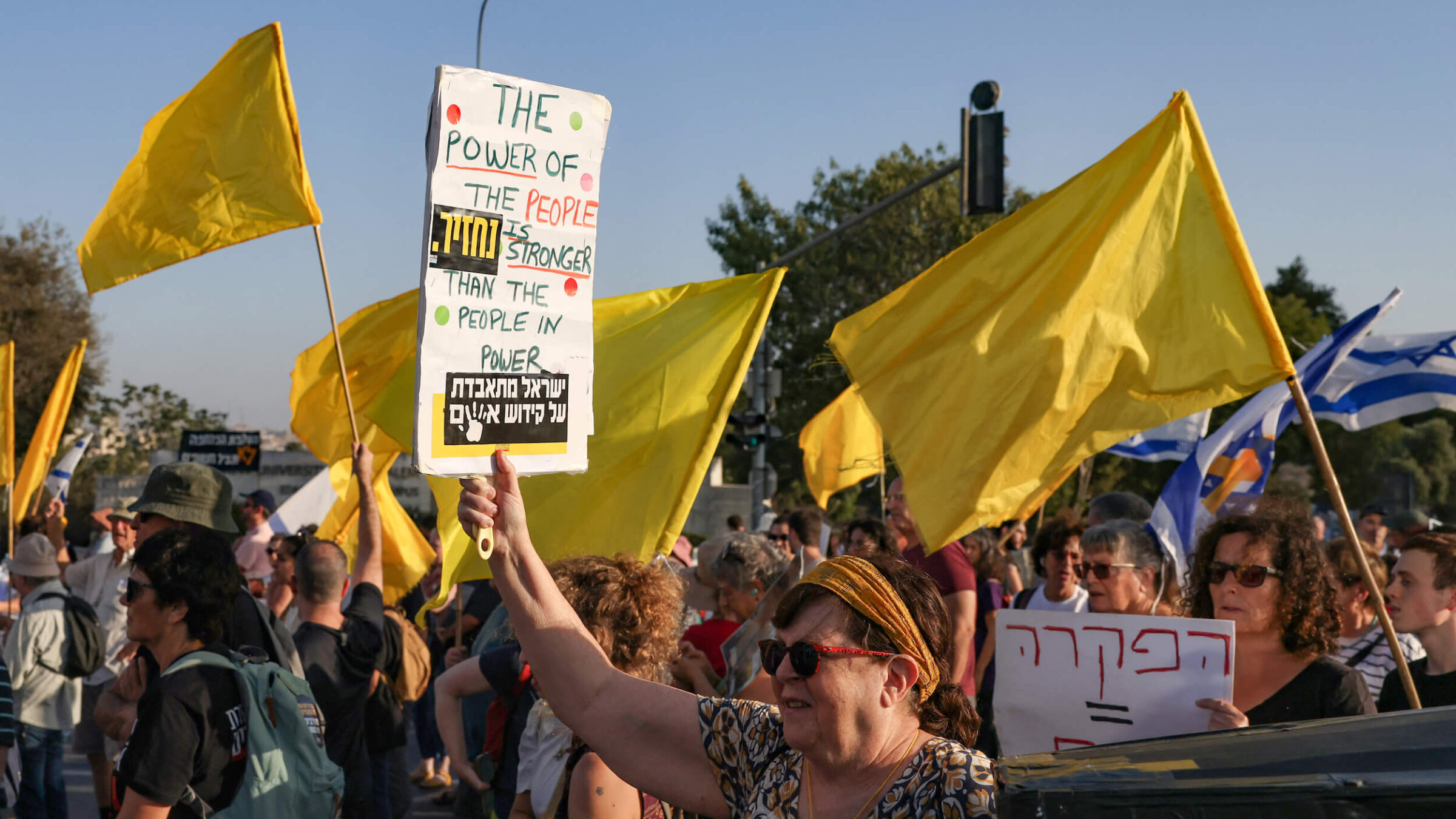
An anti-government protest outside Israeli Prime Minister Benjamin Netanyahu’s office in Jerusalem on Aug. 7. Photo by Ahmad Gharabli / AFP / Getty Images
Israeli Prime Minister Benjamin Netanyahu has declared that Israel intends to take full control of Gaza. The plan, which is sure to be met by an international outcry, is opposed by Israel’s own senior military leadership and carries immense humanitarian, strategic and political risks.
But what’s most telling about the plan may be what it shares with three other approaches, proposed in recent days, for Gaza’s future. Because Netanyahu’s public justification now hinges not on reclaiming land or establishing permanent political control — although his far-right backers are agitating for both those aims — but rather on the goal of eliminating Hamas.
The four plans — including proposals from President Donald Trump, the Arab League, and the world powers now recognizing a Palestinian state — are not all detailed blueprints. But they are united by something that would have been unlikely just two years ago: Each is premised on the understanding that action must be taken for Hamas to no longer rule Gaza.
This is a significant strategic and moral shift in the Middle East, one that belies the common narrative of a world ganging up on Israel. That narrative — which is likely to be reinforced by objections to Netanyahu’s new plan — plays into a victim complex that is deeply rooted in Israel. But it can obscure the truth that we are witnessing a rare convergence of interests between Israel, the Arab world, the United States, and even parts of Europe.
At its core is a possible end of the abnormal tolerance for Iranian-backed jihadist militias, like Hamas in Gaza and Hezbollah in Lebanon, that the Middle East — and, to some extent, the world at large — has demonstrated in recent decades. The false narrative of “resistance” is giving way to an understanding that these groups have always been obstacles to peace.
Just two years ago, almost no major actor in the international community was seriously pressing for Hamas to be removed. The group, for all its vileness, was viewed as an inevitable player on the field.
Today, almost no serious actor is doing anything else.
Of all the options now on the table, Netanyahu’s plan, which Israel’s security cabinet is expected to approve Thursday evening, is by far the worst. It would likely spark a long-term insurgency against Israel in Gaza, leading to more death and devastation on all sides.
And it faces tremendous opposition in Israel. The public largely wants the war to be over, while Netanyahu’s desired expansion will indefinitely prolong it. (Israeli forces already control much of Gaza, but a full occupation would extend to the last Hamas-held areas — densely populated zones still believed to house hostages and hardened militants.) In an occupation, Israel would take on direct responsibility for 2 million Palestinians, at a huge expense — think education, welfare and healthcare, in addition to humanitarian aid and security.
There are, meanwhile, other plans and developments unfolding, some of which may align with Israel’s coming actions, and some of which are definitely at odds with them.
The second approach, which is Trump’s, began as an offhand remark early in his second administration, in which he suggested that the U.S. “take over” Gaza. But it has since evolved into something more serious. U.S. envoy Steve Witkoff has told families of the Israeli hostages still held by Hamas that the U.S. is working on a plan to end the war. And there are reports that Trump intends to soon go public with a message to the Palestinian people explaining to them that they have two choices.
In the first, Hamas disarms and Gaza receives a massive international reconstruction package, with the U.S. taking a significant role in managing the humanitarian situation in the strip. This route would give Gaza a future with strong infrastructure, a better educational system, and a route toward an international legitimacy it has lacked under Hamas. In the second, if Hamas remains in power, Gaza will only receive humanitarian aid, and its isolation and ruin continue.
It’s anyone’s guess whether Trump will actually move to send U.S. troops and administrators to Gaza — but this still seems somehow low-probability. (Confusingly, U.S. officials also say that Trump won’t oppose Netanyahu’s plan for Israel to establish control in Gaza.)
Meanwhile, Trump has called on Arab states to “step up,” reflecting an overdue recognition that the Palestinian catastrophe is not just Israel’s problem. That leads to the more comprehensive plan backed by the Arab League, the European Union, and dozens of other states in a dramatic declaration issued last week. In it, 22 Arab countries called for Hamas to disarm and disband, and for the Palestinian Authority to reassume control of Gaza, with international support and the potential deployment of a United Nations stabilization mission.
This declaration represented a startling break from years of ambiguity, during which Arab leaders hedged on Hamas, treating it as part of a messy internal Palestinian dispute. Now, they are naming it for what it is: the chief obstacle to Palestinian freedom and regional peace.
That alone represents a tectonic shift in regional diplomacy. That the declaration is also backed by Qatar — which has been perhaps the leading state sponsor of Hamas — is an earthquake. The declaration also proposes a pathway toward Palestinian sovereignty, clearly linked to Hamas stepping down and handing over weapons.
All of this is also attached to the fourth development: France and the United Kingdom have announced their intention to recognize a Palestinian state, possibly as early as September’s U.N. General Assembly. Other countries, including Canada, may well join in. That plan has drawn concerns that unilateral recognition might reward Hamas after the Oct. 7 massacre — a seeming contradiction to the anti-Hamas consensus.
This seems likely to actually happen next month. But Paris and London, too, are calling for Hamas’ disarmament and the return of Gaza’s governance to the Palestinian Authority.
The big obstacle: Netanyahu and his right-wing allies are implacably opposed to the PA, accusing it of corruption while ignoring that the PA continues to collaborate with the IDF on security in the West Bank. Because of this, Israel has conducted the war for 22 months without any serious discussion of the day-after plan. Now, the Europeans and the Arabs have made clear that they consider the return of the PA to be the only plausible way forward.
What Netanyahu must confront — although today’s announcement makes his reluctance to all the more clear — is that it is essential that the Arab world be the face of Gaza’s future. They must deliver the message directly to the Palestinian people: Hamas is blocking their hopes for freedom and prosperity.
Without Arab leadership, any plan for Gaza’s future will lack legitimacy. Indefinite Israel military occupation is not an answer.
For American Jews, this moment is one of deep confusion over the actions of Israel and the prospects for peace, and of moral discomfort over the cataclysm in Gaza. But they should not despair: Most Israelis understand that Netanyahu has led them astray, and most of the world, despite the uproar against Israel, knows that Hamas must go. Even if they are sometimes hard to see, the seeds of a better future are there.

